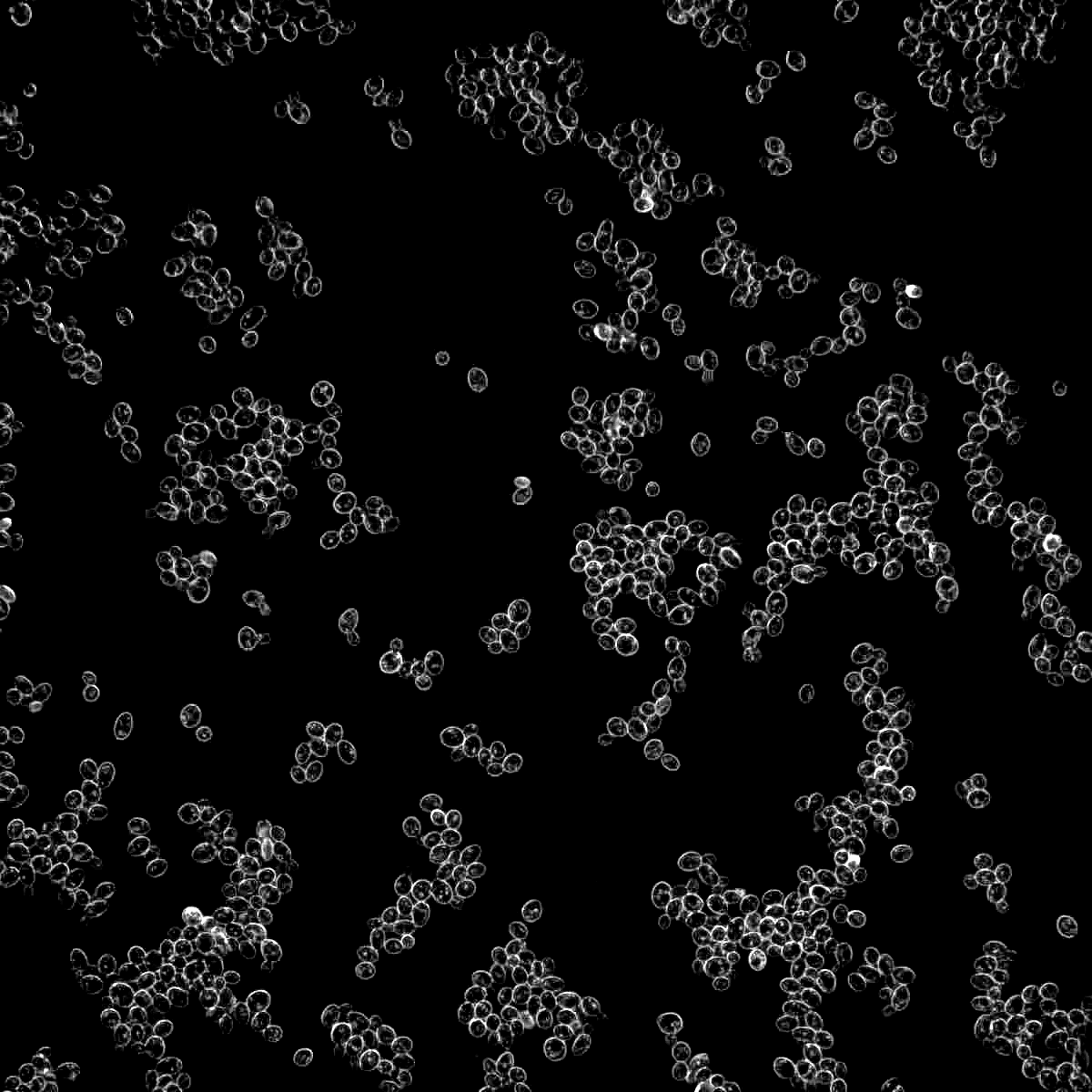Aqua Man
- 26,480
- 638
Should jump up faster providing there are still nutrients to process.Done. I'll check back on it tonight. Added 2.5 ml enzyme komplete to 500ml of nutrient. Currently sitting at o.8ec.
Should jump up faster providing there are still nutrients to process.Done. I'll check back on it tonight. Added 2.5 ml enzyme komplete to 500ml of nutrient. Currently sitting at o.8ec.
Well you could be right. But I'm just gonna keep doing what I'm doing over here though. Ignorance is bliss right..but your opinion is the same as your point You dont know what you have added that lives and dont know if it will stick around to do its job.
The agriculture industry is like the natural health industry. They have a little evidence of something and then make a full blown product with the hype that more is better for you.
Like multi vitamins. Dont stay in your body or actually help except for maybe the b complex and some c.
there's some bro science about the bro science.:-)
Its not the health of the plant they are used for. Its exactly as you say to process the nutrients. Other bacteria and microbes do the functions your talking about. Bacteria, fungi etc are not all one in the same. They perform specific functions.actually adding more microbes will eat the nutrients but not necessarily help feed the plant. And the bigger the bloom. The bigger the problem. And when the nutrients are gone so are the extra microbes. No benefit to the plant. Extremely sciency bro science.
Bacillis amyloquiefens and trjchoderma are far from bro science. And highly unlikely to just appear on their own. There is a good reason that Large LPs use it even in hydro setups for root protection. With those in there you have a FAR smaller chance of growing any pathogenic bacteria and fungi
bro science hype. still might buy some of this expensive water.
Yeah I'm not arguing there, I agree. The primary reason I use RAW is for the trichoderma and BA though. The fish shit was a free sample so why not use it.. Like aquaman points out the abundant presence of denitrifying bacteria should process the nutrients in solution faster than they would by natural processes.neither of those are for breaking down food. My point is those appear naturally.
Myco and fungus/bacteria protection are another subject. Those can be added effectively. Even pro mix has products with them.
What i am arguing is that the microbes needed to break the food down occur naturally. As well as the symbiotic plant ones.
Bacillis amyloquiefens and trichoderma are... ...highly unlikely to just appear on their own.
Hard to say on which species of trichoderma you'd collect as well, there are 5 different subspecies, and there are only a couple specific subspecies used for root protection.I've got probably half a dozen petri dishes that could likely confirm otherwise. Definitely trichoderma. Hard to say on which species of bacillus.
Hard to say on which species of trichoderma you'd collect as well, there are 5 different subspecies, and there are only a couple specific subspecies used for root protection.
And I could say the same about Saccharomyces cerevisiae. I'm sure if I left a Petrie dish out I'd get some, but will it be the kind that makes bread or the kind that makes alcohol? Will it be a cold temperature thriving lager yeast or a turbo yeast for making moonshine? It just makes sense to add the ones you want to work with rather than hoping they find your brew naturally.
And I'd be absolutely dumbfounded if you collected Bacillius amyloquiefens from the atmosphere. No doubt you'll get bacillis, but I highly doubt you would get the amyloquiefens subspecies.
You don’t. You play catch-up like I am.How do you 'like all' for the past two hours and two pages of gold you guys have been posting while I was stuck in traffic..?
I used to love calling my bread "chicago sourdough" for this reason.I'd be interested to see what I've gotten over the years.
I do agree that deliberately adding them is the best route to a desired outcome, but I've also come to love farmhouse ales way more than anything else...open fermentation just hits and I think it's largely due to the fact that you can pretty assuredly rely on the right microbes finding their way, so long as you give them the conditions they want.
Yup. 78 F. Ideal dough temp.Like sourdough bread
I'd be interested to see what I've gotten over the years.
I do agree that deliberately adding them is the best route to a desired outcome, but I've also come to love farmhouse ales way more than anything else...open fermentation just hits and I think it's largely due to the fact that you can pretty assuredly rely on the right microbes finding their way, so long as you give them the conditions they want.

